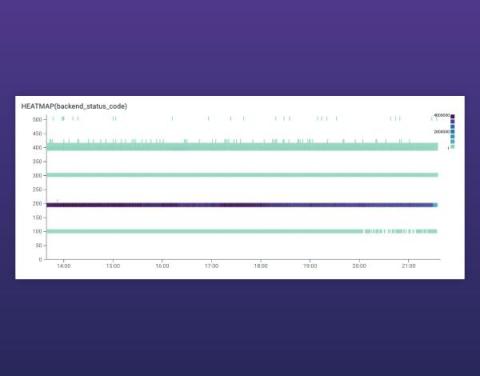Tracking On-Call Health
If you have an on-call rotation, you want it to be a healthy one. But this is sort of hard to measure because it has very abstract qualities to it. For example, are you feeling burnt out? Does it feel like you’re supported properly? Is there a sense of impending doom? Do you think everything is under control? Is it clashing with your own private life? Do you feel adequately equipped to deal with the challenges you may be asked to meet? Is there enough room given to recover after incidents?






